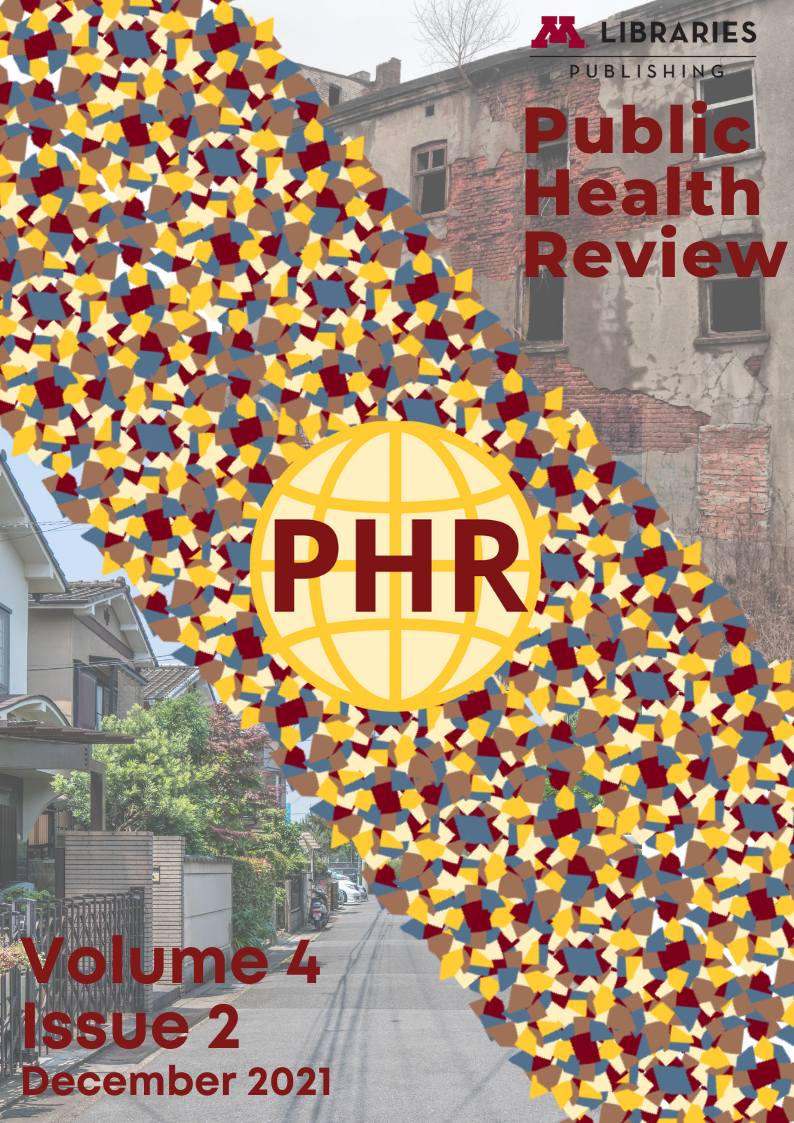Cost-Effectiveness Comparison of the ReMiND program and the NewHints Program for Reducing Neonatal Mortality Rates in the Muchinga Province of Zambia
Ya Yang
Alyssa Patterson
Betelhem Eshetu Yimer
Abstract
As of 2018, 2.5 million children died in the first month of life globally [1]. With lack of resources and low performance health care, developing countries are likely to encounter neonatal deaths. The perception of the necessity of expensive and advanced care is an obstacle to the reduction of neonatal mortality rates because it ignores preventative and inexpensive measures that could also be effective if applied. Preventative measures such as education about the benefits of breastfeeding, training programs for healthcare professionals to identify signs at early stages, close follow-up during pregnancy etc. can play a major role in averting neonatal mortality. In Zambia, a southern African country, 84,00 babies are born prematurely each year [2]. Intrapartum-related events and preterm birth complications are two leading causes of neonatal deaths in Zambia.
Within India, the state of Uttar Pradesh provided the Accredited Social Health Activists (ASHAs), a governmental program consisting of community health workers, with extensive technological training used to monitor participants from pregnancy to time of childcare [3]. Data tracked through the ReMiND program, introduced in 2012, identified vital danger signs of expecting patients, culminating a 5.3% reduction of neonatal deaths [3]. Within Ghana, seven rural districts in the Brong Afaho region received the NewHints intervention program, consisting of home visits to pregnant women by a trained group of community-based surveillance volunteers. This program aimed to improve delivery and newborn care practices, leading to an 8% reduction of neonatal mortality rate [4]. Rather than using DALYs averted to examine the cost-effectiveness of each program, this cost-effective analysis utilizes deaths averted to calculate the effectiveness of interventions when applied to Muchinga, Zambia.
Author Biography
Alyssa Patterson
Note: Did not receive email address for this author, used journal's



